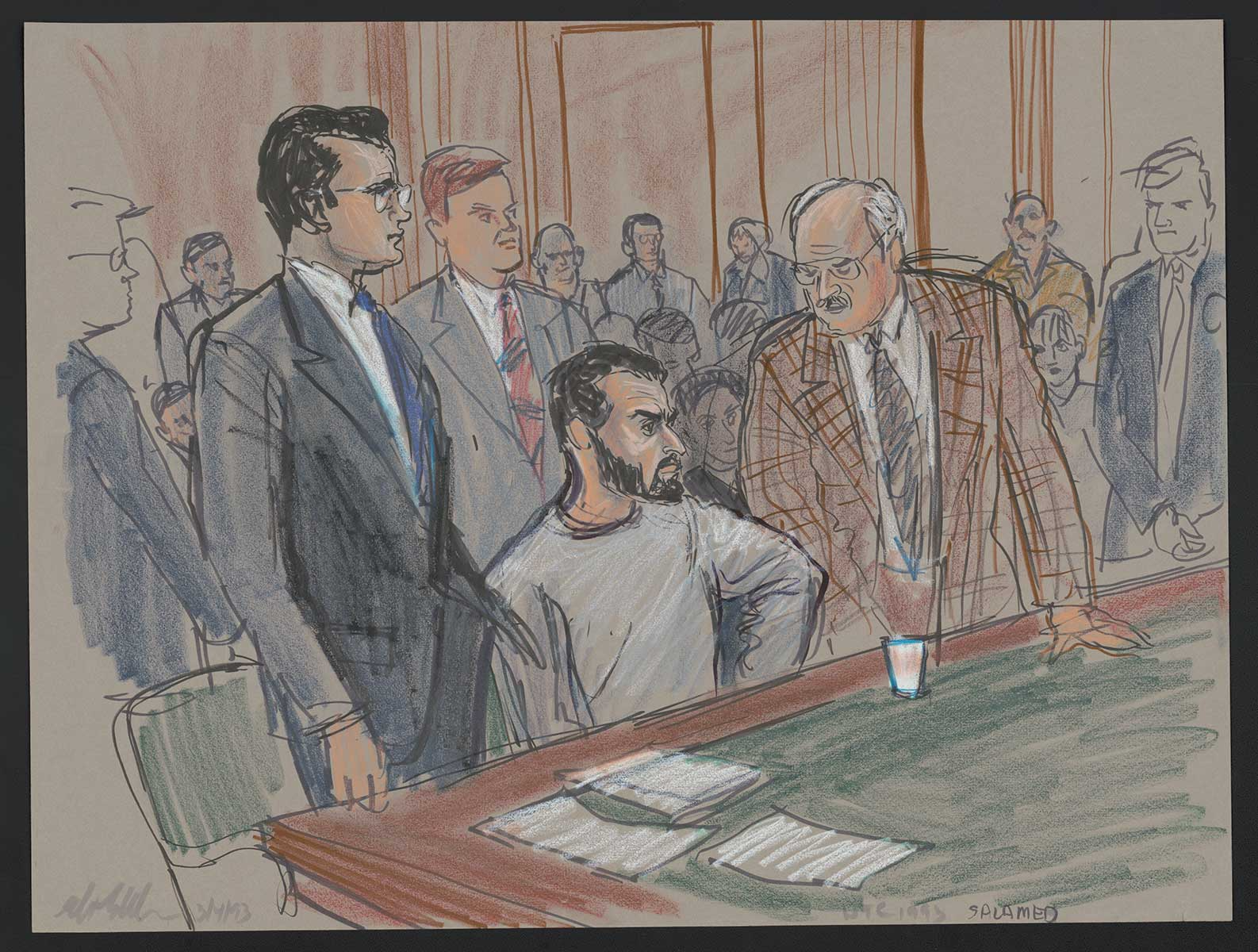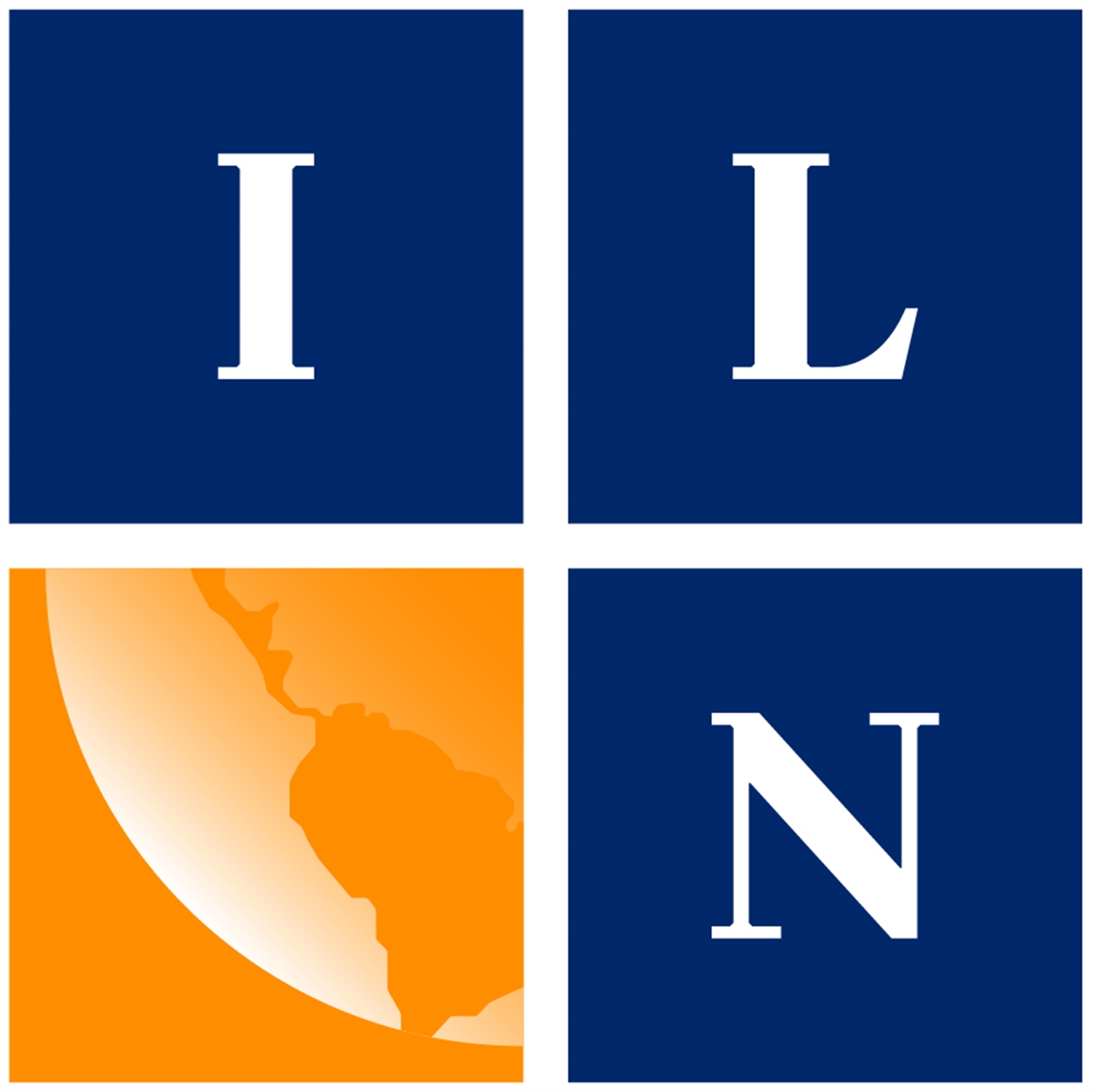PTAB Denies Authorization to Submit Exhibit For Not Following the Rules | Jones Day
The PTAB recently granted a joint request to expunge an exhibit and contemporaneously denied the Patent Owner’s request for authorization to file a Motion for Leave to Submit the same exhibit in Bausch & Lomb Inc. v. ZeaVision, LLC, IPR2022-00089, Paper 29 (P.T.A.B. Jan. 6, 2023). Petitioner, Bausch & Lomb Inc. (“Bausch & Lomb”), filed the inter partes review (“IPR”) against Patent Owner, ZeaVision, LLC (“ZeaVision”), challenging the validity of U.S. Patent No. 10,307,384 B2 (the ’384 patent). The ’384 patent relates to oral formulations for eye care.
The exhibit at issue, Exhibit 2006, is a timeline and citations for references that ZeaVision’s expert purportedly considered in her expert declaration. ZeaVision filed Exhibit 2006 with its Sur-reply in response to Bausch & Lomb’s argument that ZeaVision’s expert did not cite any evidence or literature to support her declaration. ZeaVision conceded that filing Exhibit 2006 with its Sur-reply violated the PTAB’s rules, so the PTAB granted the parties’ joint request to expunge Exhibit 2006. However, ZeaVision then requested authorization to file its motion for leave to re-submit Exhibit 2006 properly. A party must show “good cause” for the PTAB to grant its request for authorization to file a motion for leave. Paper 29 at 2.
ZeaVision argued it has shown good cause because its expert used the timeline in her testimony, although it was not marked as an exhibit. Additionally, ZeaVision argued the only opportunity it had to submit Exhibit 2006 after Bausch & Lomb objected to its expert’s testimony was in the Sur-reply. Conversely, Bausch & Lomb cited 37 C.F.R. § 42.65(a), which provides that expert testimony that “does not disclose the underlying facts or data” has “little or no weight,” and argued ZeaVision knew of Exhibit 2006 when it submitted its expert’s declaration in July 2022 and knew it must submit the underlying facts and data to support its expert’s declaration. Additionally, Bausch & Lomb argued the hearing is less than one month away, and allowing ZeaVision to submit Exhibit 2006 would require additional motions, depositions, and replies, and therefore would be prejudicial and against the interests of justice.
The PTAB denied ZeaVision’s request for authorization to file a Motion for Leave to Submit Exhibit 2006 because ZeaVision failed to show good cause to authorize the motion. See IPR2022-00089, Paper 29. First, the PTAB recognized allowing such a motion would require additional time for the parties to brief the issue and for the PTAB to enter a decision, potentially resulting in re-opening discovery to fairly address the exhibit. Id. at 3. Thus, it would delay the IPR proceeding and increase costs, in direct contradiction to the PTAB’s goal of speedy and inexpensive proceedings. Id. at 3. Also, the PTAB noted that Exhibit 2006 may not even help ZeaVision because the underlying references cited in the exhibit are not in the record. Id. at 3-4. Finally, the PTAB reasoned this situation could have been avoided had ZeaVision followed the requirement to support expert testimony with sufficient facts and data. Id. at 4. The PTAB admonished ZeaVision, noting that “[c]ounsel practicing before the PTAB are expected to read, understand, and follow our rules.” Id. at 5.
Takeaway: The PTAB will enforce its requirement that expert testimony be supported with sufficient facts and data and not allow parties to submit untimely exhibits.






